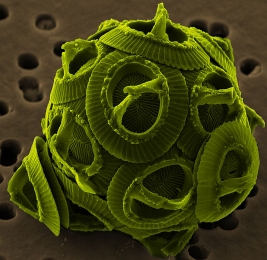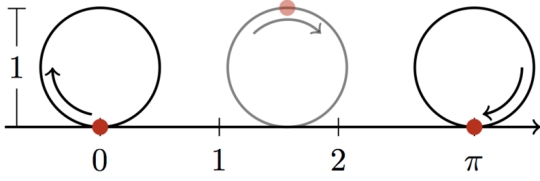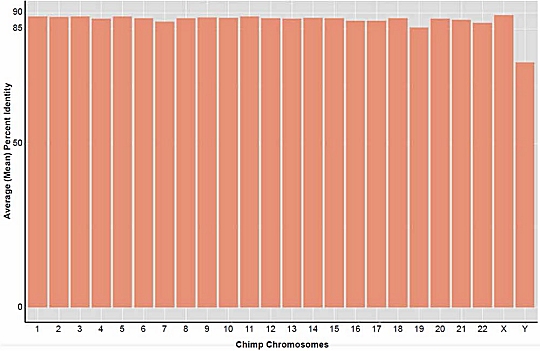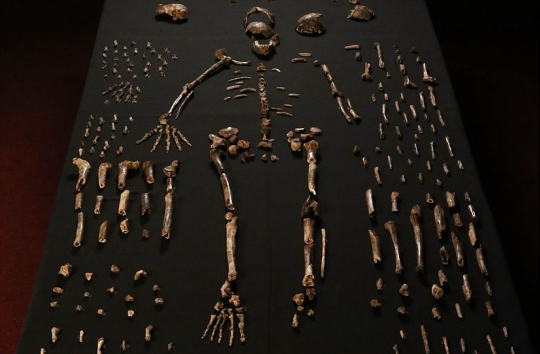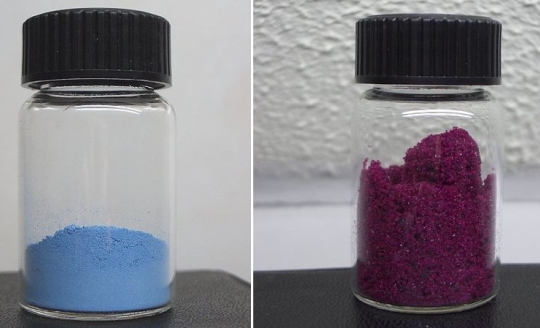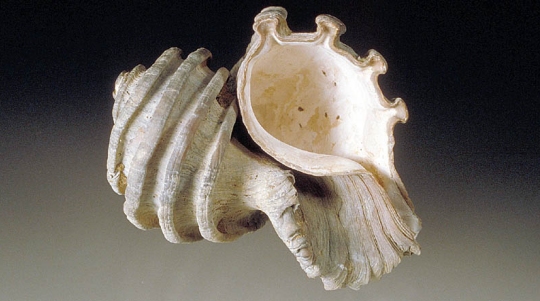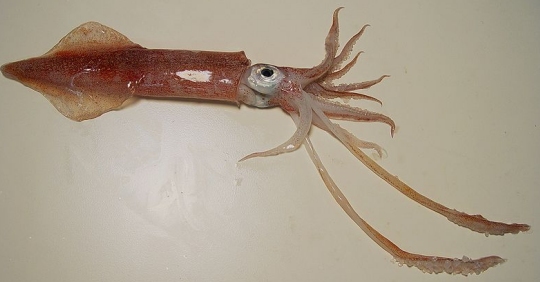 Dr. Wayne D. Rossiter earned his Ph.D. in ecology and evolution from Rutgers University in February of 2012 and is currently an assistant professor of biology at Waynesburg University. His book, Shadow of Oz, has already caused me to write two blog posts (here and here). In one of those posts, a commenter called Rossiter’s book a “must read,” and I have to agree. While I have issues with some of the content, on the whole it is a valuable addition to the wealth of information that has already been written on the subject of origins. As a result, I encourage you to read this book and seriously think about its contents.
Dr. Wayne D. Rossiter earned his Ph.D. in ecology and evolution from Rutgers University in February of 2012 and is currently an assistant professor of biology at Waynesburg University. His book, Shadow of Oz, has already caused me to write two blog posts (here and here). In one of those posts, a commenter called Rossiter’s book a “must read,” and I have to agree. While I have issues with some of the content, on the whole it is a valuable addition to the wealth of information that has already been written on the subject of origins. As a result, I encourage you to read this book and seriously think about its contents.
In some ways, the main thrust of his book is obvious: the standard view of Neo-Darwinism (random mutations filtered by natural selection) is incompatible with the Christian faith. I don’t know many people who would disagree with that statement. Nevertheless, the way Rossiter makes that point is rather profound. Early on in the book, for example, he gives five extended quotations from different authors regarding the history of the universe. The first and fourth are from Dr. Carl Sagan (atheist), the second is from Dr. Richard Feynman (atheist), the third is from Dr. Richard Dawkins (atheist). The fifth is from Dr. Karl Giberson (Christian who is a staunch evolutionist). The passages are indistinguishable, and that’s the point. As Rossiter says:
I could have chosen any number of brief atheistic accounts of the history of the universe, and not one of them would differ in any functional way from the one offered by Giberson. (p. 25)
Rossiter’s discussion of Dr. Kenneth Miller’s views on origins is equally insightful and perhaps even more damning. He shows that, like Giberson, the “creation” account that Miller believes is indistinguishable from that of an atheist. Further, he shows in rather stark terms just how confused Miller is when it comes to what he believes. For example, Rossiter quotes Miller as saying that he tells his students that he believes in Darwin’s God. However, as Rossiter makes clear, that statement is pure nonsense:
…as Miller admits earlier in his book, Darwin was not a believer in God. He became a staunch agnostic, who demanded strict naturalistic answers for life’s workings. As so, it’s quite appropriate that Miller should claim to share Darwin’s view. (p. 163)

